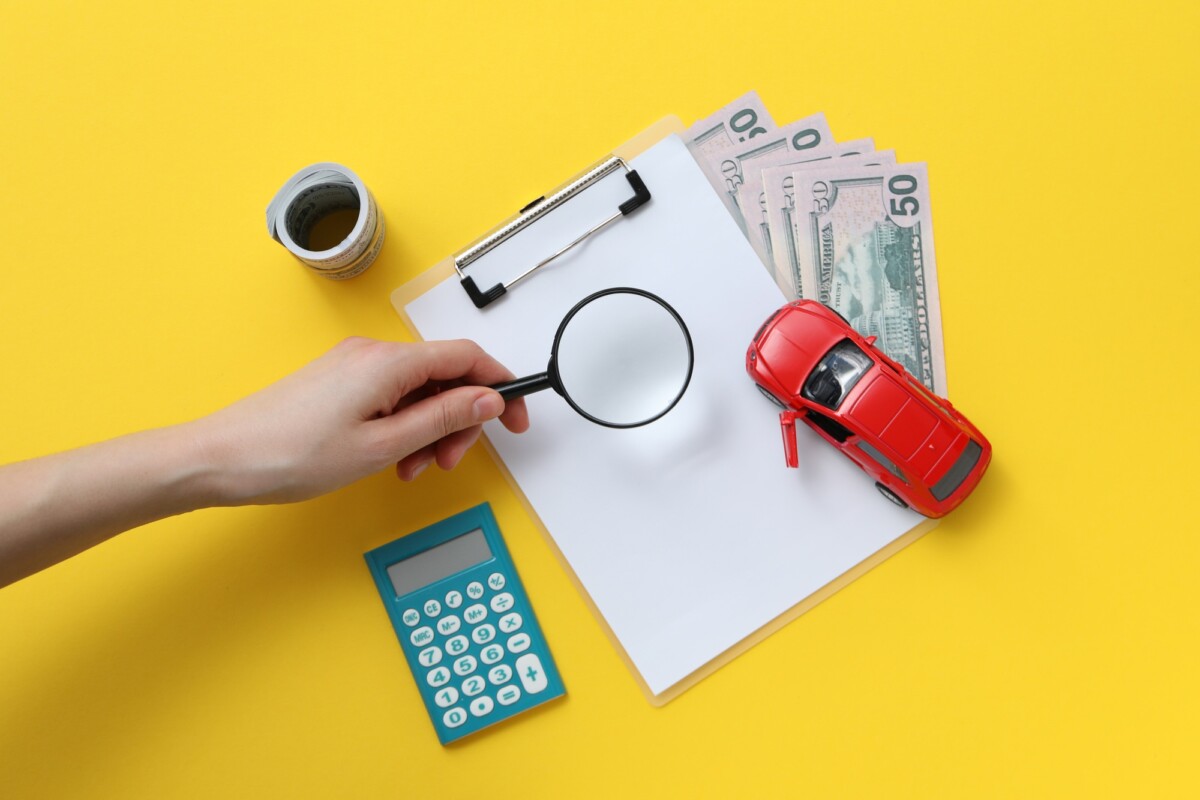What Is Auto Gap Insurance?
The moment you drive your new car off the lot, its value begins to depreciate. Most cars lose about 20% – 30% of their actual value within the first year of purchase. This means that if you bought a car for, say $30,000, at the end of the first year, it could only be worth something between $21,000 and $24 thousand after the first 12 months. So how is Auto Gap Insurance import
When leasing or financing a car, most dealerships require you also to purchase auto insurance to cover the vehicle in the event of accidents. Amongst the various coverages that you could buy is one essential coverage known as Gap Insurance.
So, What is Gap Insurance?
Gap insurance- or guaranteed auto protection- is an additional automobile insurance that covers the difference between the current value of your car and how much you still owe your lender. Gap insurance comes into play when it happens that you’re – as they say- Upside Down on your loan (You owe more than the current actual value of your vehicle).
How does it work?
If you get in a bad accident and the vehicle is declared “totaled” by your insurance provider, the amount that would be paid to you would be the current worth of the car, also known as Actual Cash Value (ACV). So what happens when you get in an accident, your car gets totaled, and the current worth of your car is less than what you still owe on your car?
For Instance, if you leased a $30,000 vehicle for five years with a zero-interest deal and made a 10% down payment of $3000, you paid off the first year’s payment of $5400. You would still be in debt of $21,600.
If your car has depreciated by 30% at the time of the accident, your insurance provider would only pay you $21,000, which would still leave you with a debt of $600, which you would have to settle out of your pocket. This is where Gap Insurance comes in. If you have Gap Insurance coverage, your provider would step in and cover the additional $600 you owe, so you don’t have to bear any additional costs
Most dealerships offer it at the point of purchase or lease, but it is usually cheaper to get it from your Insurance providers directly.
When do you need Gap Insurance?
- When you put down a down payment of less than 20%: When you put down a low down payment or none at all, your debt is more significant, and sometimes so is the interest rate your lender offers you. Therefore, it is advisable to purchase a Gap Insurance policy to provide a safety net in the event of accidents.
- When you lease for a period longer than 60-months: The longer the loan period. usually, the higher the interest rates. Since vehicles depreciate faster over the years, the likelihood that the actual cash value of your car would fall below the balance owed steadily increases with each year that passes. So, getting a Gap Insurance coverage is a good plan.
- When you roll over negative equity from an old Vehicle: When you haven’t completely paid off the debt owed on a previous vehicle before leasing or purchasing a new one, the amount owed is automatically rolled over into the total amount payable on the new car.
This means that you now have a more significant debt than you would have had initially on the new vehicle, which in turn means that the rate of vehicle depreciation would most likely surpass the debt reconciliation rate. A Gap Insurance plan is definitely required.
- When you lease or purchase a fast depreciating vehicle: Vehicles depreciate at varying degrees to one another. If you lease or buy a car that depreciates at a higher rate than others, then getting a Gap Insurance policy would save you a lot of costs and expenses.
Getting a Gap Insurance coverage does not necessarily mean a much higher expense on insurance. Most Insurance providers can include it at just about $20 added cost to your already chosen coverage. Although most dealerships also offer it at the point of purchase, it is advisable to get it with your provider as it is cheaper and much easier to drop from your overall plan when you no longer need it.





